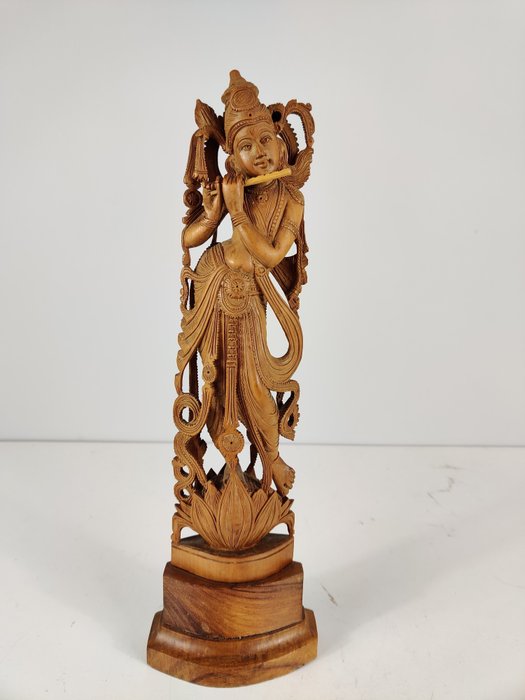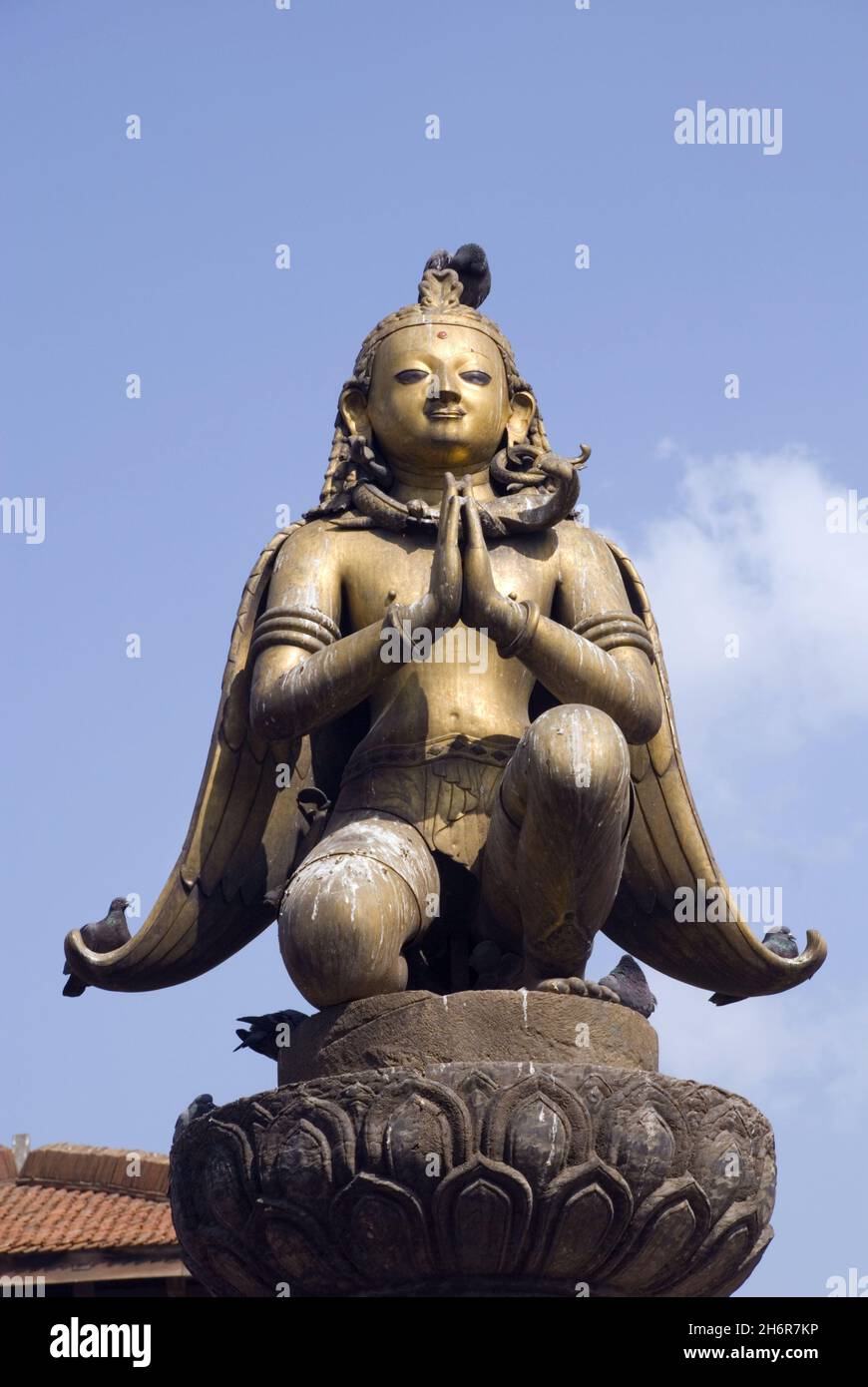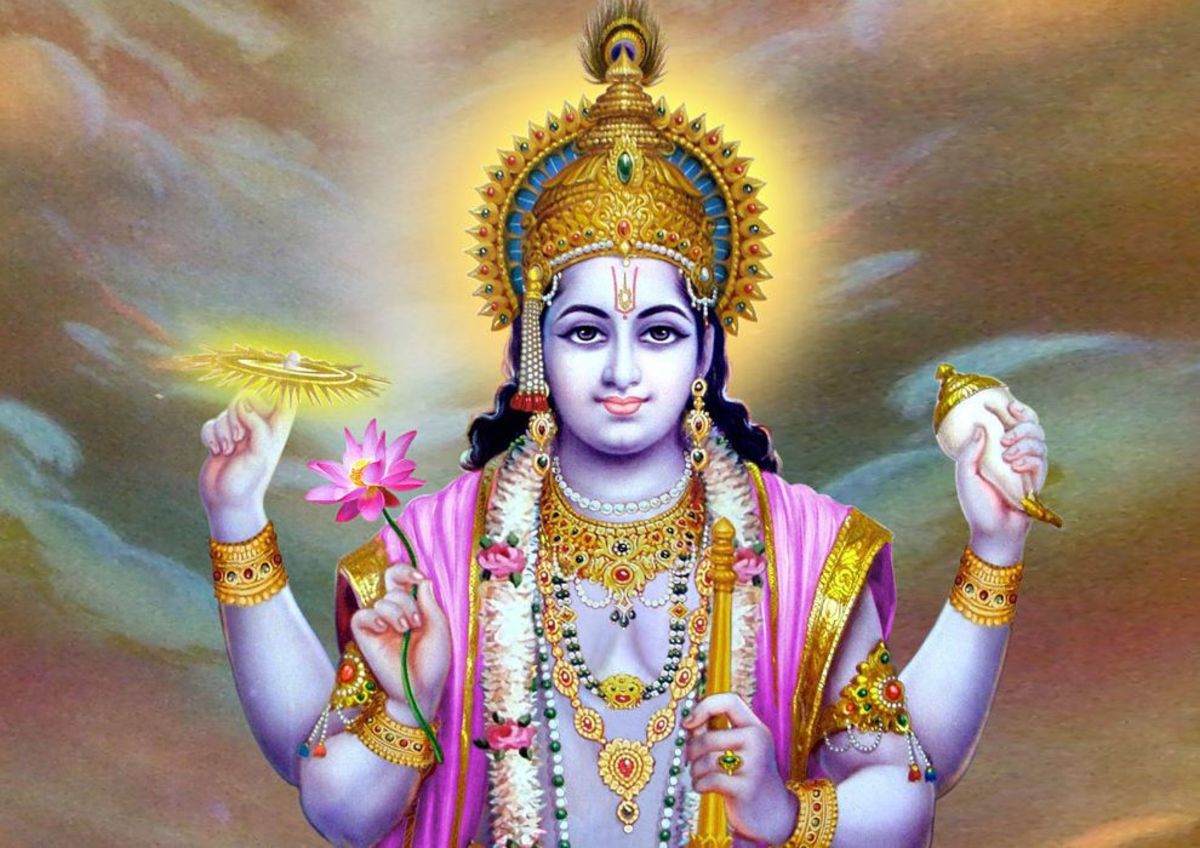
Ma ciò che ci fa esitare è innanzitutto il fatto che l’incarnazione di
"The Trinity"Brahma(left),Vishnu(middle),Shiva(right) Lord Vishnu(The preserver,The caretaker of the world) plays a major role in "The TRINITY" alongwith Lord Brahma(The Creator) and Lord.
Sri Vadapathira Kaliamman tempio indù. Avatar di Vishnu. Kalki decima
There are ten major incarnations of Lord Vishnu within the tradition of Hinduism. Lord Kalki is the tenth and final incarnation of the Maha (Great) Vishnu Avatars. His appearance marks the end of the Kali Yuga (also known as the Iron Age) and the establishment of a new spirituality based on divine revelation and scriptural truths, both of which issue forth directly from the Lord, Himself.

Scultura Della Parete Del Tempio Di Hoysaleswara Dell'incarnazione Di
What are the 10 incarnations of Lord Vishnu ? "Dashavatara'' (दशावतार) Dashavatara refers to the ten avatars of Lord Vishnu,viz. Matsya, Kurma, Varaha, Narasimha, Vamana,Parashurama,Rama,Krishna,Balarama and Kalki. Consciousness https://themodernvedic.com/seeking-men/ https://themodernvedic.com/adventist-speed-dating/ top hookup apps nyc

Lord Murali Dhar(Krishna's) Life Story Overview MadhuMurali
Vishnu, Lord Vishnu, or Vishnu Bhagwan is the Hindu god who restores the balance between good and evil. He is the protector of dharma or moral order and proper behavior in Hindu practice. As.

Pin on Vishnu Images
In the basic Hindu Trinity of Brahma, Vishnu and Shiva, the Hindu god Vishnu is the preserver and protector of creation.Vishnu is the embodiment of mercy and goodness, the self-existent, all-pervading power that preserves the universe and maintains the cosmic order Dharma.. Vishnu is often represented resting on the coiled serpent Shesha, with Vishnu's consort Lakshmi massaging his feet.

Ravi Varma (18481906) Oleographs. probably the first Indian artist to
Mahavishnu ( Sanskrit: महाविष्णु) transl. 'Great Vishnu' is an aspect of Vishnu, the principal deity in Vaishnavism. In his capacity as Mahavishnu, the deity is known as the Supreme Purusha, the absolute protector and sustainer of the universe, the one who is beyond human comprehension, and all attributes. [1] [2]
Worker refuses to come to work because he’s an incarnation of Vishnu
The Hindu deity Vishnu, 1100-1200. India or Bangladesh; northern Bengal. Phyllite. Courtesy of the Asian Art Museum, The Avery Brundage Collection, B62S4+. This stone stele depicts the Hindu god Vishnu, attended by two consorts, Lakshmi (lower left) and Sarasvati (lower right ). Vishnu is the god of Preservation, the great maintainer who.

Lakshmi Narasimha, Incarnazione Del Signore Vishnu Immagine Stock
10 Incarnations of Lord Vishnu (Dashavatara) by Mytho World March 9, 2021 Updated April 9, 2021 3 min We know that Lord Vishnu, the ultimate god has come to rescue the good in this universe from time to time. We see these avatars or incarnations in different yugas as described by our elders.
Vikas Chopra Narasimha Bhagavan era la quarta incarnazione di
2. Kurma, the giant tortoise. Chronologically, the incarnation of Vishnu as a giant tortoise (kurmavatar) is considered the second. References to it are found in the Samhitas, the Upanishads, Aranyakas, and several Puranas. The incarnation was initially associated with sage Kashyapa, and in some with Prajapati.

Vishnu Sahasranamam Pravachanam (విష్ణు సహస్రనామం ప్రవచనం) by Sri Krovi
Vishnu is one of the most important gods in the Hindu pantheon.He is considered a member of the holy trinity (trimurti) of Hinduism with Brahma and Shiva.Vishnu is the Preserver and guardian of men, he protects the order of things (dharma), and he appears on earth in various incarnations (avatars) to fight demons and to maintain cosmic harmony.Vishnu is the most important god of Vaishnavism.

Lord Vishnu with the Ten Avatars Hindu gods, Vishnu, Lord vishnu images
The incarnations that Vishnu takes are called avatars. The Hindu scriptures speak of ten avatars. They are thought to have been present in the Satya Yuga (the Golden Age or Age of Truth), when mankind was ruled by gods. Collectively, the avatars of Vishnu are called dasavatara (10 avatars). Each has a different form and purpose.

Krishna che suona l'incarnazione del flauto di Vishnu Catawiki
In Hinduism, the god Vishnu is said to have entered into 10 incarnations, known in India as "avatars" (literally "descent"). These 10 avatars of Vishnu ("dashavatara") have occurred throughout cosmic history, sometimes in animal form rather than human. The list of the 10 avatars differs somewhat in various Indian traditions but, in.

Questa è una statua di ottone di 'Garuda' (il veicolo del signore
At the first stage of the Kali Age, the path of the Vedas was destroyed and all men became Buddhists. Those who sought refuge with Vishnu were deluded. As an avatara of Vishnu In 8th-century royal circles, the Buddha started to be replaced by Hindu gods in pujas. This also was the same period of time the Buddha was made into an avatar of Vishnu.

Ten Incarnations Of Hindu God Vishnu HighRes Vector Graphic Getty Images
Venkateswara is another form of Lord Vishnu who is the most popular deity in South India. He is also known as Venkatachalapathi or Venkataramana or Tirumal devar or Varadaraja or Srinivasa or Balaji or Bithala. He has a dark complexion and four hands. In his two upper hands he holds a discus (a symbol of power) and a conch's hell (a symbol of.

Figurativo di decorazione su una rappresentazione di Varaha, una
The Dashavatara ( Sanskrit: दशावतार, daśāvatāra) are the ten primary avatars of Vishnu, a principal Hindu god. Vishnu is said to descend in the form of an avatar to restore cosmic order. [1] The word Dashavatara derives from daśa, meaning "ten", and avatāra, roughly equivalent to "incarnation".

Vishnu Foremost Hindu God and His Appearance as Vamana the Dwarf God
Vishnu ( / ˈvɪʃnuː / VISH-noo; Sanskrit: विष्णु, lit. 'The Pervader', IAST: Viṣṇu, pronounced [ʋɪʂɳʊ] ), also known as Narayana and Hari, is one of the principal deities of Hinduism. He is the supreme being within Vaishnavism, one of the major traditions within contemporary Hinduism. [9] [10]